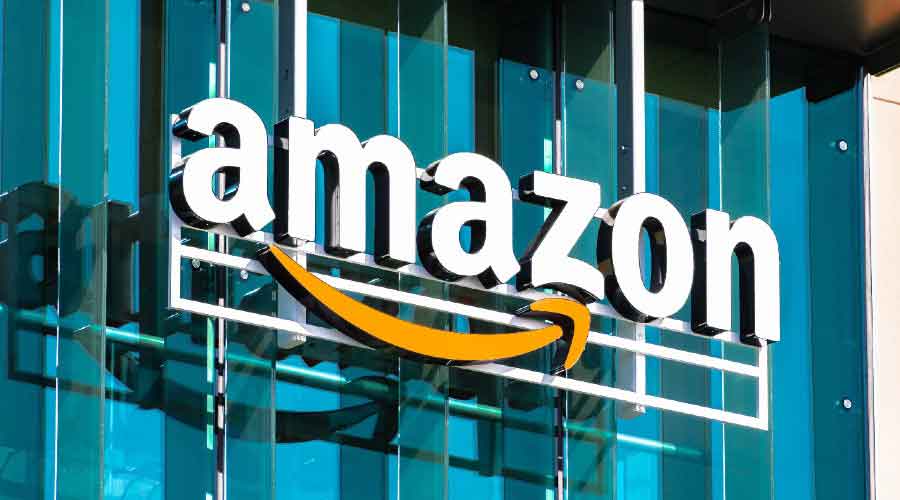Amazon, which faces mounting scrutiny over worker rights, agreed to let its warehouse employees more easily organise in the workplace as part of a nationwide settlement with the National Labour Relations Board this month.
Under the settlement, which was finalised on Wednesday, Amazon said it would email past and current warehouse workers — likely more than one million people — with notifications of their rights and would give them greater flexibility to organise in its buildings.
The agreement also made it easier and faster for the NLRB, which investigates claims of unfair labour practices, to sue Amazon if it believed the company violated the terms. Amazon has previously settled individual cases with the labour agency, but the new settlement’s national scope and its concessions to organising go further than any previous agreement.
Because of Amazon’s sheer size — more than 750,000 people work in its operations in the US alone — the agency said the settlement would reach one of the largest groups of workers in its history.
The tech giant also agreed to terms that would let the NLRB bypass an administrative hearing process, a lengthy and cumbersome undertaking, if the agency found the company did not abide by the settlement.
The agreement stemmed from six cases of Amazon workers who said the company limited their ability to organise colleagues. A copy was obtained by The New York Times.
It is a “big deal given the magnitude of the size of Amazon,” said Wilma B. Liebman, who was the chair of the NLRB under former President Barack Obama.
Amazon, which has been on a hiring frenzy in the pandemic and is the nation’s second-largest private employer after Walmart, has faced increased labour pressure as its work force has soared to nearly 1.5 million globally.
The company has become a leading example of a rising tide of worker organising as the pandemic reshapes what employees expect from their employers.
New York Times News Service











